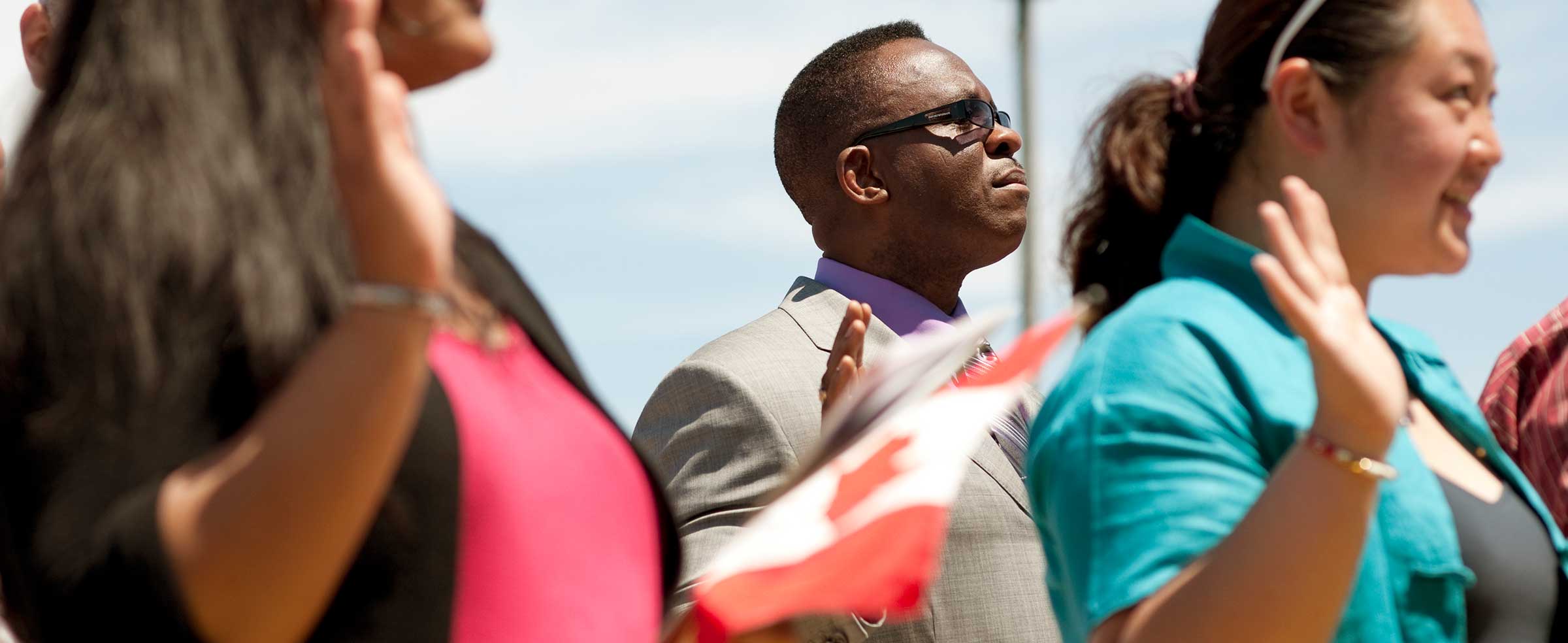Multiculturalism doesn’t divide. It encourages belonging

The following op-ed by Michael Adams and Ratna Omidvar was published in the September 13, 2018 edition of The Globe and Mail:
Maxime Bernier has argued that multiculturalism is a divisive policy that encourages Canadians to identify with their own “tribes” at the expense of their wider society. But there’s abundant evidence that, far from dividing Canadians into factions and hyphenated identities, multiculturalism (or “interculturalism” in Quebec) actually encourages belonging, participation, and integration. Critically, it does this by treating all Canadians – not just immigrants – as part of the country’s multicultural fabric (with the exception of the four percent of people in Canada who are Indigenous, few of whom would see themselves as part of the multicultural experiment).
Let’s clarify our terms. “Multiculturalism” refers to a specific policy framework with a history – it was adopted in 1971 – and a budget. The 2018 federal budget allocated $23 million for “multiculturalism” programs over the next two years, primarily the development of a national anti-racism strategy and support for community groups working to help newcomers integrate. That sum is a fraction of one percent of the total federal budget of about $338 billion.
But multiculturalism is also something less concrete and more powerful: it’s a sensibility that millions of Canadians have adopted as they navigate diversity in daily life in their communities.
We believe that in most places the sensibility of multiculturalism boils down to two key elements. One is simple respect for diversity of race, ethnicity, culture, and religion: the sense that diversity is normal, not a problem to be solved. The other is acceptance of the idea that integration works best when it works both ways: newcomers should do their best to adapt, and those who came before have a role to play in creating environments that support that integration. You can’t integrate into a group that refuses to accept you or treat you fairly.
The idea of multiculturalism pervades Canadian institutions: public schools, neighbourhoods, workplaces, civic life, and politics. And this is true far beyond Canada’s three largest cities. Resource jobs have drawn tens of thousands of newcomers to smaller centres in Alberta and Saskatchewan; Atlantic Canada has been courting settlement aggressively; and the Northwest Territories recently recorded its largest-ever immigrant inflow. As communities across Canada become more diverse, they begin to draw on the formal practices and informal habits that constitute day-to-day multiculturalism.
We believe both the policy and practice of multiculturalism help to explain why 85% of immigrants eventually become citizens, the highest naturalization rate in any country. Citizenship, in turn, enables voting and other forms of political participation; 46 MPs were born outside Canada – the highest share of foreign-born legislators in any country. (And, no, these MPs are not just elected by members of their own groups; only four ridings in Canada are dominated by a single minority ethno-cultural group.)
Multiculturalism is so much a part of our society that in a recent Environics Focus Canada survey, in response to an open-ended question (no response categories provided) about what makes Canada unique, the overwhelming first choice was “multiculturalism/diversity.” It’s true that Canadians sometimes like the general idea of multiculturalism more than they like specific real-life implications -- but this doesn’t make multiculturalism meaningless. For one thing, even the aspiration toward genuine inclusion and equity for all groups is not one that all societies share. Multicultural principles have also given rise to many concrete accommodations that have reshaped both daily life and familiar symbols (like police and military uniforms).
When asked what values immigrants should adopt, those born in Canada and those born elsewhere give the same top answers: respect for Canada’s history and culture comes first, followed by knowledge of English or French, tolerance of other people and religions, and respect for the law.
Large majorities across both groups believe immigrants can be just as good citizens as anyone born here. Immigrants tend to express slightly more pride in Canada than the Canadian-born do, although large majorities of both groups are proud of their country. The vast majority of immigrants identify more with Canada (78%) than with their country of birth (12%).
The architects of the original policy framework of multiculturalism might not have anticipated that it would become so central to the national identity, or so deeply embraced by people whose ancestors fit easily into old, colonial ideas of monocultural or bicultural Canada.
But while they might not have foreseen the exact contours of contemporary Canada, they did understand the importance of a strong social fabric. Canadian multiculturalism has always aimed at integration, not fragmentation. Three of the four original pillars of the policy focused on participation and inclusion, while only one committed to supporting groups’ efforts to sustain their heritage cultures.
Almost a half-century later, multiculturalism is larger and deeper than a government policy. It’s notable that our surveys find Canadians’ identification with multiculturalism varies so little according to migration status and identity group. If Mr. Bernier intends to attack Canadian multiculturalism, his opponents will include Canadians from every corner of the globe, and plenty of Canadians whose families have been here for generations. In other words, they’ll look a lot like Canada.
Like what you're reading? With our bi-monthly e-newsletter, you can receive even more with the latest details on current projects, news, and events at the institute.
Subscribe